Qarsoon Station
One of the hidden space station settlements of the Hondar people. Qarsoon station serves as the central station in the network of stations that span the whole of the Hondar Rekeji field. Home to around 25,000 people, Qarsoon is the largest of the Hondar stations. It is also where the ruling council meets to discuss issues.
History
After the conflict that created the Rekeji field the surviving people of the Hondar were scattered. Transport ships and stations were distributed all over the debris field. Each group tried their best to find something they could use to survive and move forward. This was the start of each of the major stations in the Hondar Station Network. As time moved on and they had managed to survive they tentatively reached out, searching for other survivors and found each other. One of the station outposts was bigger than the rest and was positioned mostly in the centre of the debris field so they decided it would become their new capital, as they saw it. This station was Qarsoon. Once this decision had been reached, Qarsoon became a hub for everyone travelling through the Rekeji. This caused more resources and expertise to pass through and improve the station. Everything started moving at a rapid pace until it became the hive of activity we know it as today.Population/Demographics
The population of the station is around twenty-five thousand people. The exact number is unknown as people regularly move from station to station as their skills are needed or other opportunities open up. The people are divided into different areas of expertise. There is the Mech Corp, devoted to fixing and inventing new tech for the good of the people. The Agakiza, the brave salvage teams that journey into the debris field and hunt for ships or pieces of equipment and parts that are still able to be saved. They work closely with the Mech Corp. The Science division is an integral part of the running of the ship but sadly not as excited or enticing to the younger generation compared to the mechanics and salvagers. From the Science Division, the botanists that feed the population are trained. There is a military arm as well but they keep themselves somewhat apart from the rest of the population. In charge of security and policing, they are trained on a different station and then distributed throughout the station network. One of the main rules is people cannot serve on the stations of their birth. The administrative and operations wing is one step below the military and hold themselves to a similar standard. They can be mostly found on the Iziko module however they make a point of being present and integrated with the people. The Captain feels they need to be a part of the people to be able to run the station. The remaining people fall into lots of smaller groups. The artisans and cooks, the entertainers and teachers. Just as important as all the rest but they have yet to gather into larger groups. Many of them can be found during the market days selling their wares.Government
The Hondar people are ruled by a council of 6 people. Each represents one of the 6 areas that they have divided the Rekeji into. Once a Hondaran month, the members will make the trip to Qarsoon to bring issues in front of the council for discussion. Each station has an operation’s body consisting of a Captain, their second in command and 4 lieutenants. This group runs the day-to-day operations of the station.Architecture
Qarsoon station is actually five derelict stations towed into formation with a sixth at their heart. Two of them are joined with fabricated tunnels to a different station to link them physically and allow unaided travel between them. Short range shuttles are used to travel between the rest. It is possible to space walk from station to station but it is unadvised without good reason.
The stations that make up Qarsoon are originally from different organisations and contributing countries so have different compositions and shapes. All look like they are in disrepair from the outside. The insides however are well maintained and much more comfortable.
Districts
Each of the different station modules has a different set of responsibilities and areas of expertises.
The Yashash habitation is the largest of the station modules. Before the conflict that created the Rekeji this had been one of the habitation orbital stations around the most populated planet in the system. It being mostly intact when they discovered it was a lifesaver for the now homeless Hondar people. They still use it for habitation, with many floors of small residences. It is also the location of the largest open market in the Hondar Station Network. Here people can trade their tokens for food and luxury items. People will travel from the other outposts around the Rekeji just for a chance to browse the offerings.
The Igadi module is one of the most important for the longevity of the people who live here. Formally an observation sphere and a prison station, now they are connected and repurposed. The medical bay is the only area out of the three its been split into that is accessible without clearance. There is also the science and development department housed here where Hondar specialists tackle many of the problems they face, like containing the unstable gas giant and dealing with the problems of extended living in space on a humanoid body. The third area on this module is the largest of the three, the hydro and aeroponics gardens that feed everyone present. The botanists here are always at work improving the plants and trying to increase their output.
The Umashi module is home to everything mechanical that the Hondar need to deal with. The mechanical bays where all number of things are created and fixed up, new mechanics trained and robotic solutions invented. Even though this is the smallest of the three outer modules it has the largest staff. It is here that the Agakiza, the salvage teams, will bring everything they find for investigation. Once they deem it harmless of course. Also attached here is the ship yards. One of the busiest parts on any Hondar Station, the workers here are constantly at work retrofitting ships found in the Rekeji.
At the heart of these is the Iziko module, the operations centre of the whole station. Here the operations body will run the station and the council will also meet to govern the whole Hondar people. This module was previously an espionage station that intercepted signals and engaged in electronic warfare.
Industry and Trade
Within the station, the Hondar people do all trade through the use of tokens. These tokens can be used to purchase anything from luxury items like art, decorations and also food and required items. A single whole token is worth a week’s worth of food. There is also a hollow token that is considered half the value. Everyone gets a stipend of tokens a month that will make sure they can survive and then people will get a salary of more for any work they do in any of the work groups i.e. the mech corps or the science division. Artisans, artists and others will get the majority of their tokens at the markets where they will sell their goods.
Outside of Hondar trade is a little more complicated. There are things they cannot salvage or create themselves and must barter for from outside the system. There is a platform station maintained on the edge of the Rekeji field for this purpose. Here external merchants can land and trade with the Hondar gaining themselves some small access to the riches from the Rekeji field.
Remove these ads. Join the Worldbuilders Guild

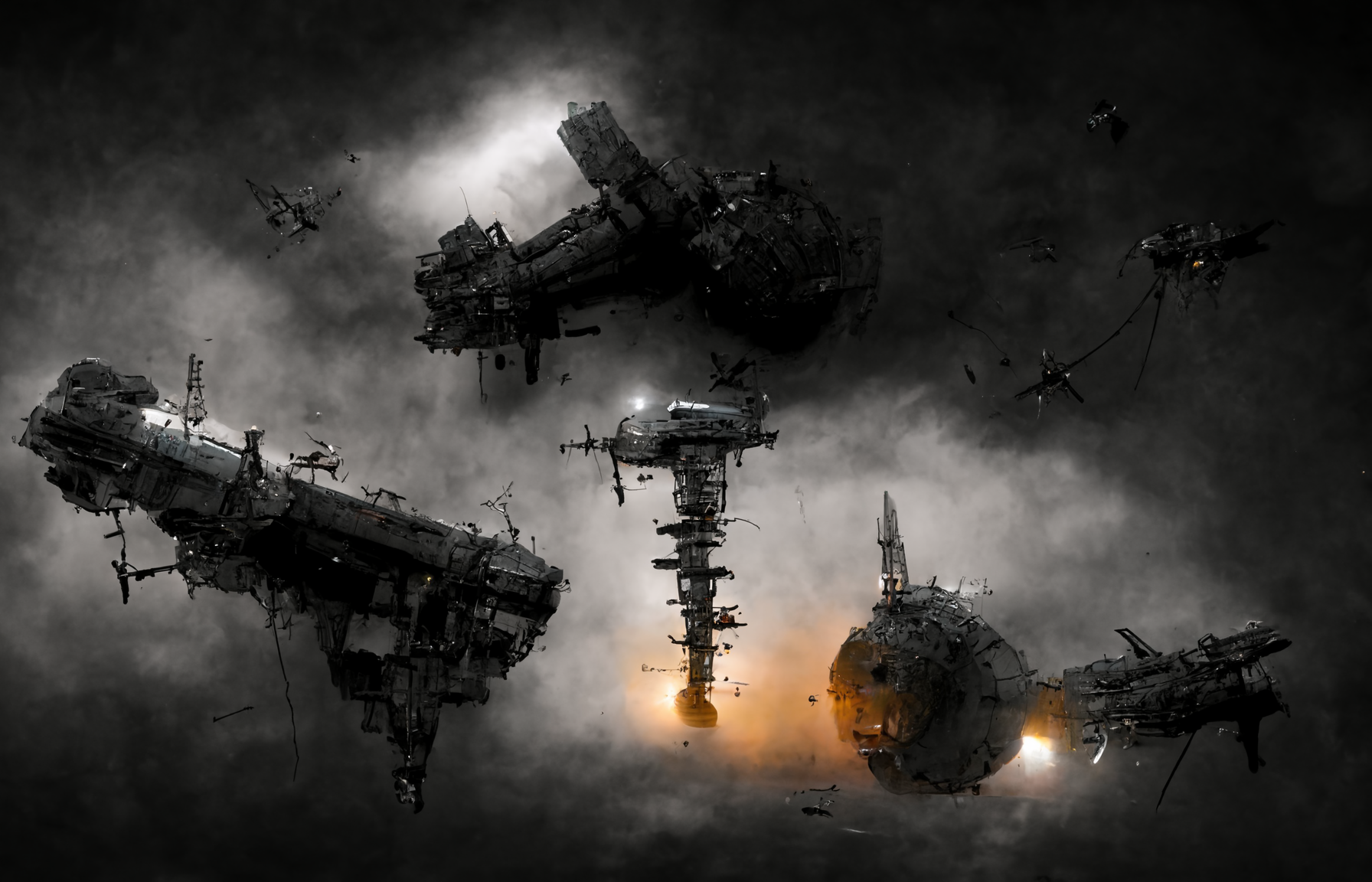
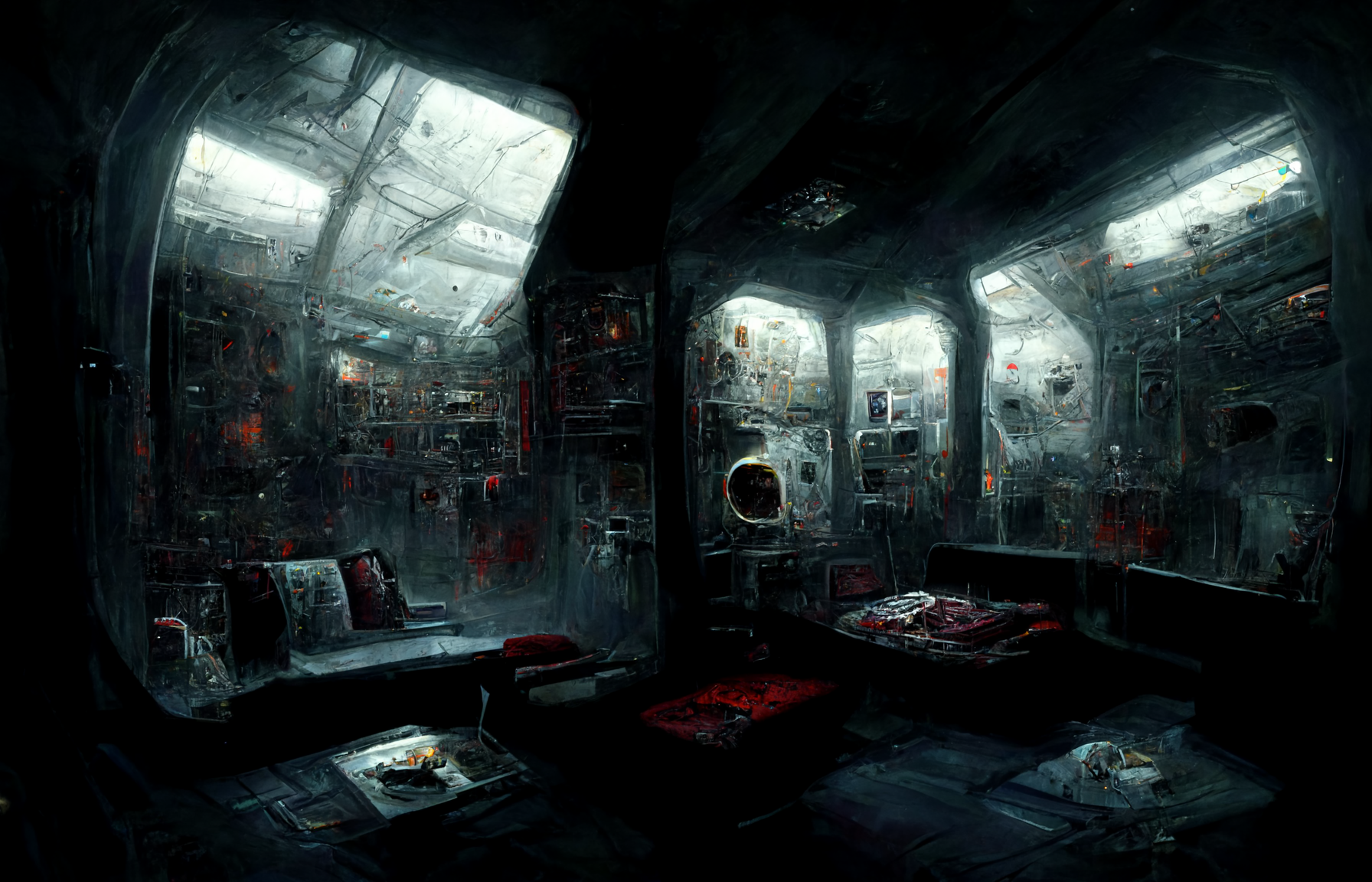
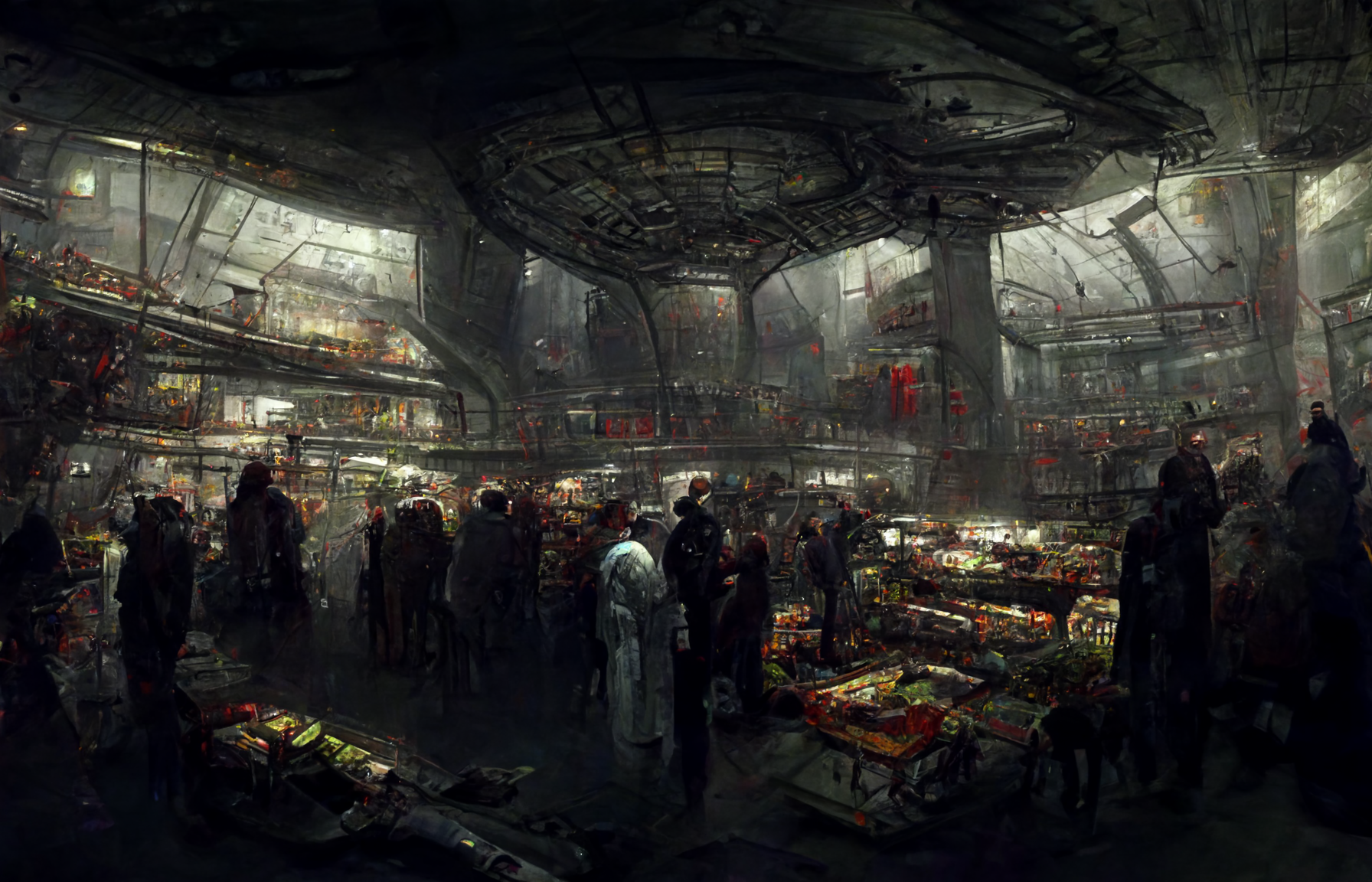
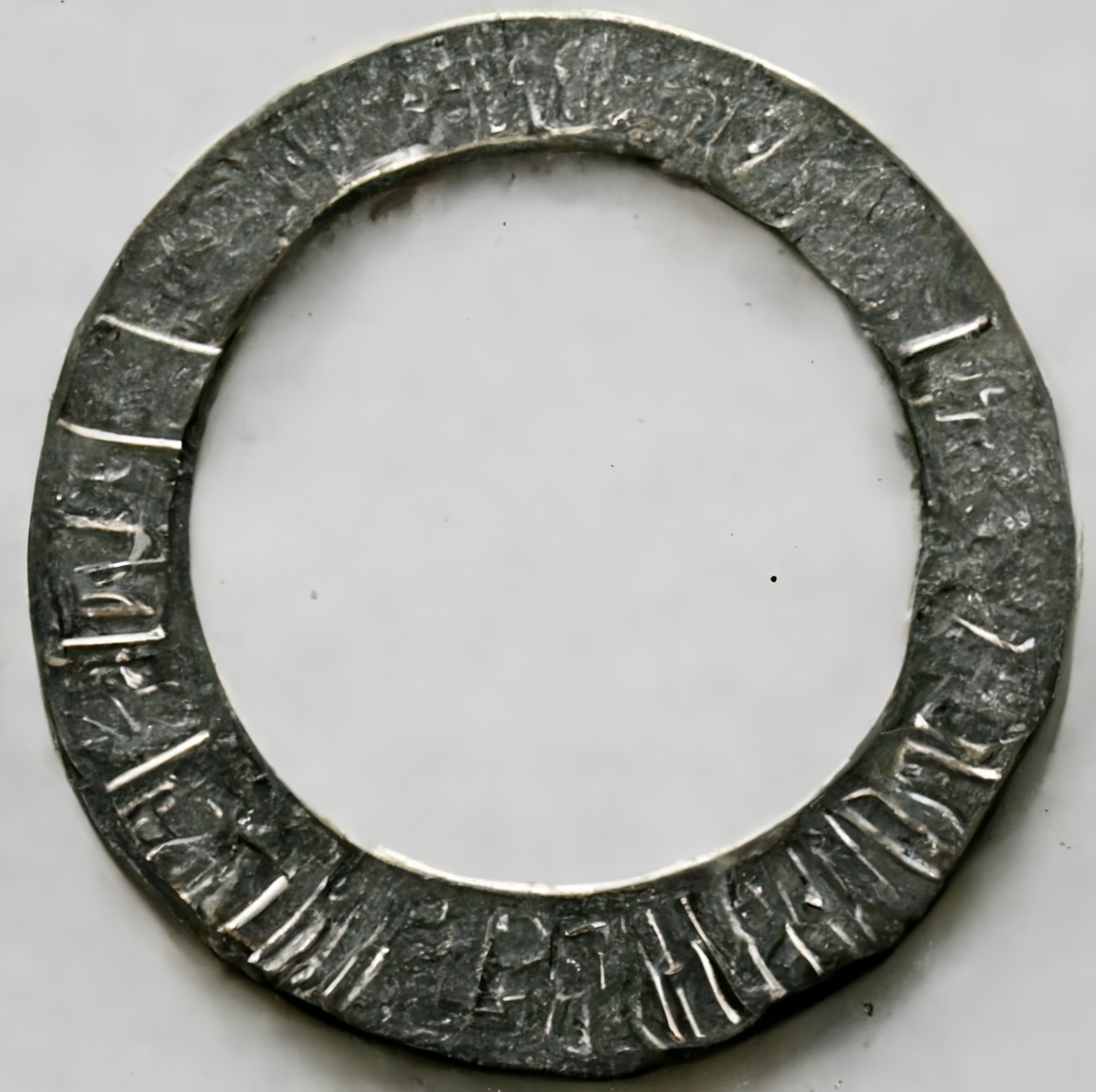
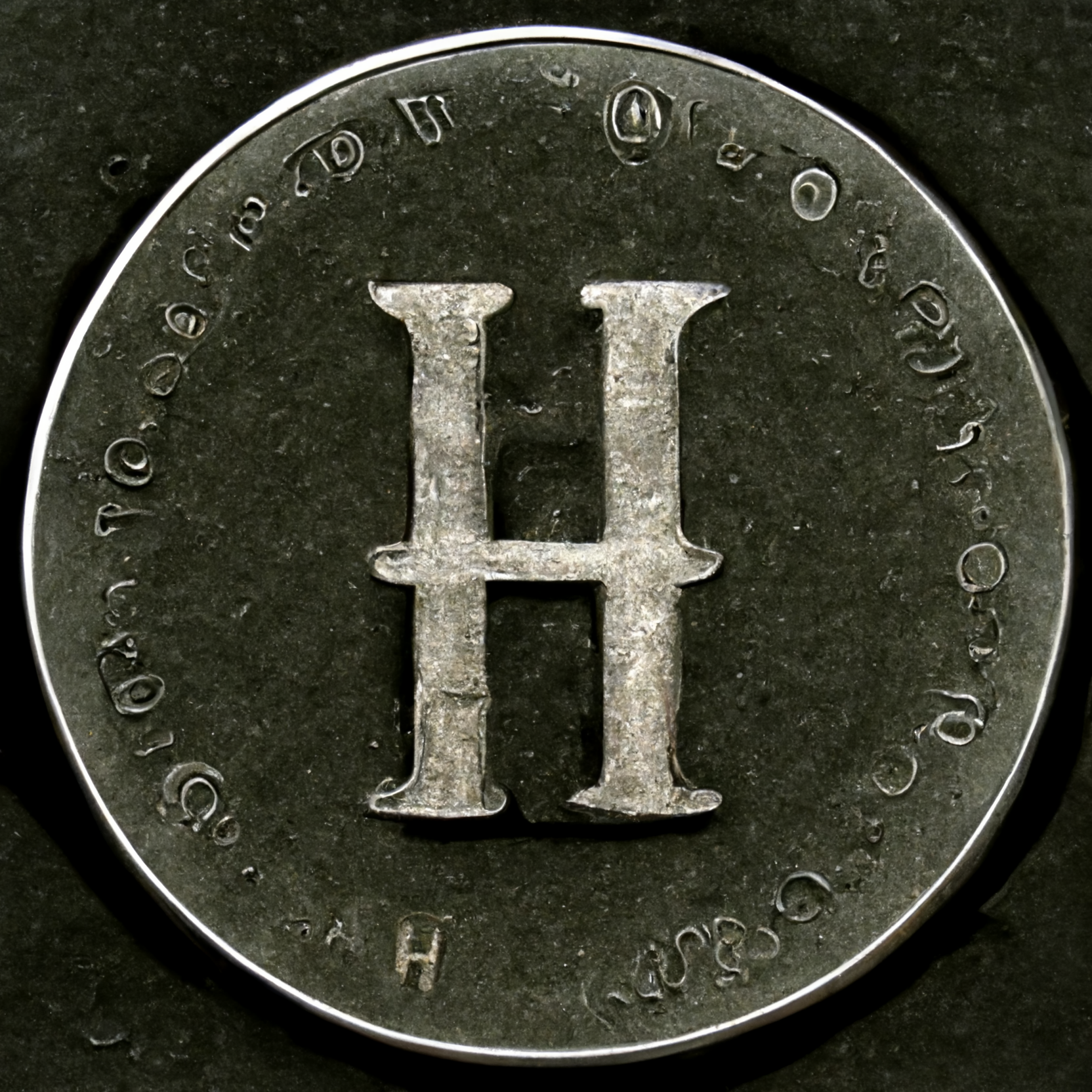








Comments